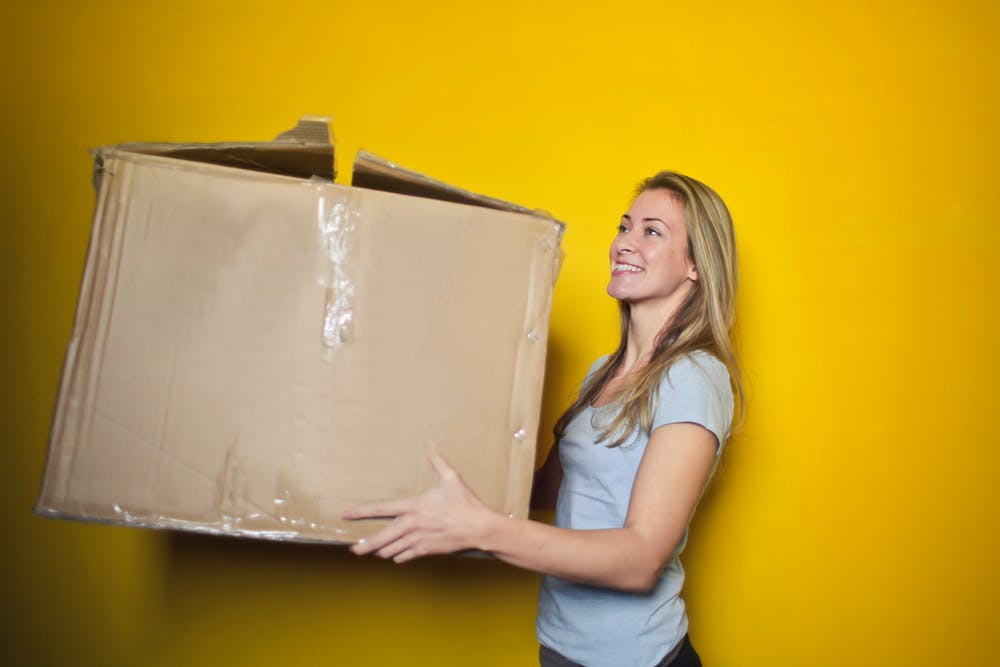Top 8 Do‘s and Don’ts of Self Storage
Make Your Storage Rental Easy And Pleasant
Storage units are great when you have too much stuff. They can help during a large move, downsizing, storing seasonal items, storing unused items, or for collecting more items. Regardless of the reason, storage units give you the freedom to access areas of your home that would otherwise be packed with items. However, there are important things to remember when choosing the right unit and using your unit. For you to gain the benefits of a storage unit you need to treat the space as if it was an extension of your home. Below are some keys to a successful experience.
Top Self-Storage Things To Remember To Do
1. Organize What Will Be Stored
Before renting, researching, or storing you need to know what will be stored. Is it a lot? Is it just a few items? Proper planning at the start of the process is key to avoiding mistakes down the road, like you do during spring cleaning! The best way to achieve this is to organize everything in the same area so that you can physically see it all together.
2. Pick The Right Sized Unit
Now that you have everything together you need to pick the right size. If you under estimate the necessary size of the unit you may end up in trouble. It helps if you can package everything up in the same location. This way you can just measure the dimensions and add a little extra for moving allowances. Reaching out to local storage facilities can help you choose a unit size that will accommodate your needs, most of them have a sizing guide.
3. Research Available Companies
Not all self-storage companies are the same. Your items and your possessions deserve proper care and maintenance. If you have items that are susceptible to heat or humidity then it is best to go for a temperature controlled facility. This will ensure the best care for your stored goods. Having to worry about your belongings being damaged is the last thing you want to worry about while utilizing self-storage. Temperature controlled units will solve that problem.
4. Store The Items Properly
Your possessions should be boxed and stacked in such a way that no damage will occur overtime from sitting in the unit. This means that paintings, albums, or anything that could bend or break should be properly protected by packaging and stored properly to keep their value and usefulness. If you are storing large furniture such as a bed, mattress, couch, or even a piano, we recommend a cover to keep your belongings in pristine condition.
5. Consider A Facility With Climate Controlled Units
The best way to ensure that your stored possessions are kept in the most amicable environment is to rent a unit in a climate controlled storage facility. This means that your items are less susceptible to water damage, heat damage, mold, rodents, and other elements that may reach the unit. Another reason to choose climate controlled units is for personal reasons. Loading and unloading your unit in harsh elements is not ideal. Our temperature controlled facilities offer indoor storage so our tenants are comfortable and their belongings preserved.
Top Self-Storage Things To Remember NOT To Do
1. Don’t Give Access To Anyone Else
Access to your unit should be carefully guarded as if it was access to your home. Only grant access to people you trust the most. You should change the locks yearly to ensure that there is no funny business going on in your unit.
2. Don’t Forget To Lock Your Unit
This may seem like a simple piece of advice but one of the most common faults renters have that leads to thefts is forgetting to lock the unit. Before you leave always make sure you double check to see if the lock is truly locked.
3. Don’t Forget To Label Your Boxes
Organization is one of the most important things to remember when renting a storage unit. Especially when you don’t know how long you’re belongings will be in storage, it’s nice to know where everything is and put the most important boxes at the front of the storage unit. Labeling each box will save you time, frustration, and give you relief knowing where everything is located in your unit.

